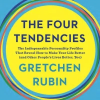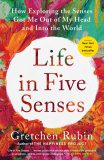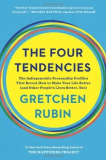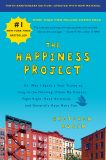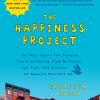

Like many people, I recently read the absolutely riveting book Bad Blood: Secrets and Lies in a Silicon Valley Startup by John Carreyrou. I’ve also been listening to the podcast The Dropout by ABC News’s Rebecca Jarvis. These explore the Theranos scandal, centered on Elizabeth Holmes.
Over the years, I’ve also read books and seen documentaries about the Bernie Madoff fraud, the Enron fraud, and the Fyre Festival fraud.
Now, some people commit fraud. I find that interesting, in a detached way.
But what I find much more troubling, for myself, as I listen to these stories is—apart from the people at the center of the fraud, what about the others who get pulled in, the lawyers, the accountants, the auditors, the consultants, the finance people? And more to the point, what would I have done, if I’d somehow been involved?
I started my career in law, and I can imagine a world in which I’d stayed a lawyer instead of switching to become a writer. And I can imagine that I might have been a lawyer who worked with one of these companies.
Would I have been able to recognize wrong-doing? Having recognized it, would I have stood up against it? If lots of smart people said that a deal was lawful and proper, would I have accepted that? Would I have kept asking difficult questions? It’s not always easy or clear to tell right from wrong.
Because these issues haunt me, I often think back to something I read, part of an inner-office memo, related to the Enron case.
The Enron scandal, which broke in October 2001, involved fraud, conspiracy, and insider trading. It led to the bankruptcy of the company Enron, which at the time was the seventh largest company in the United States.
Sherron Watkins was vice president for corporate development at Enron. In August 2001, she sent an unsigned letter to Kenneth Lay, the chairman of Enron, after Jeffrey Skilling resigned unexpectedly as the CEO. Later she was identified as the author.
In this memo, she’s trying to alert Kenneth Lay to everything that she thinks is a big problem at the company.
The memo lays out why she’s so worried about the company’s fate. She provides a “summary of alleged issues” with a lot of details, history, and concerns about various deals that are far beyond my capacity to understand.
And the first time I read this memo, I was going through the technical parts, which again, I can’t really understand, but I was trying to follow it. Then suddenly, amid a thicket of acronyms, financial terms, and numbers that she’s citing, I read this paragraph:
The overriding basic principle of accounting is that if you explain the “accounting treatment'” to a man in the street, would you influence his investing decisions? Would he sell or buy the stock based on a thorough understanding of the facts? If so, you best present it correctly and/or change the accounting.
Then the memo goes back to the technical talk.
But when I read that paragraph, I felt a tremendous sense of relief and gratitude. Here was a way to know right from wrong. Here, amid all the confusion of facts and figures and argument, was the way to know.
Whenever I think about this memo, I remind myself: If I’m looking for way to know right from wrong, I can find a way.
If you want to read the memo yourself, it’s here.

